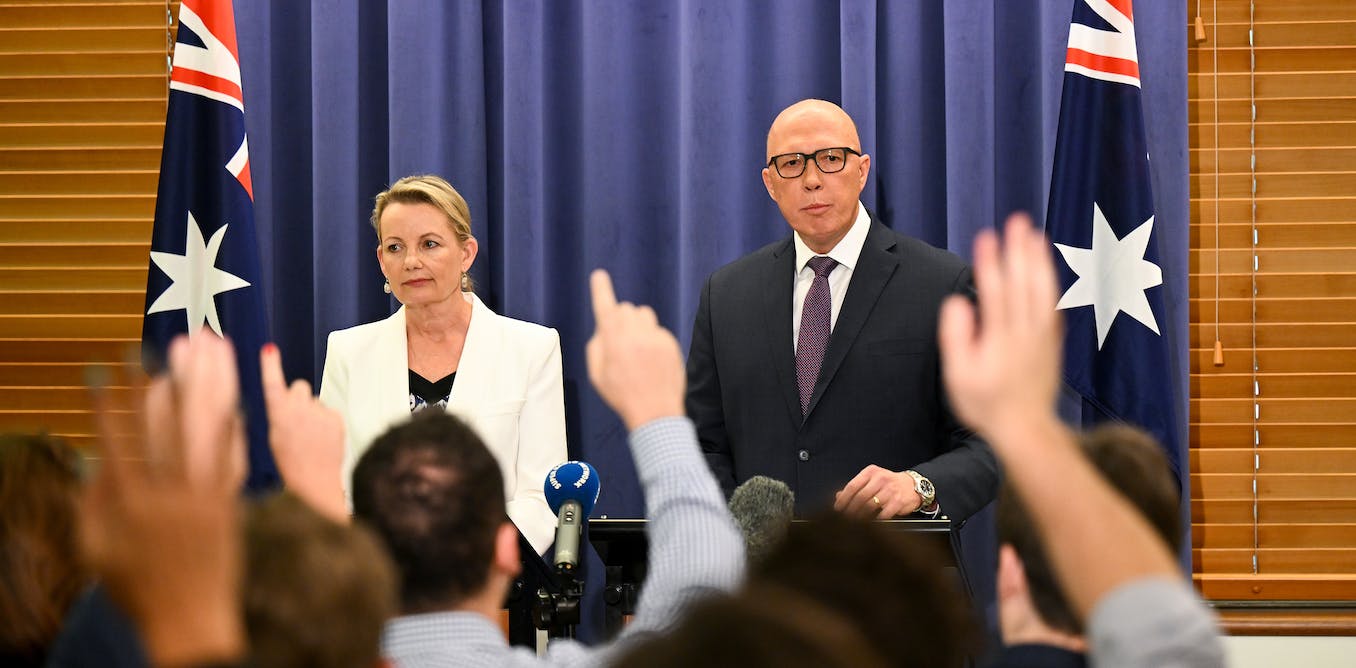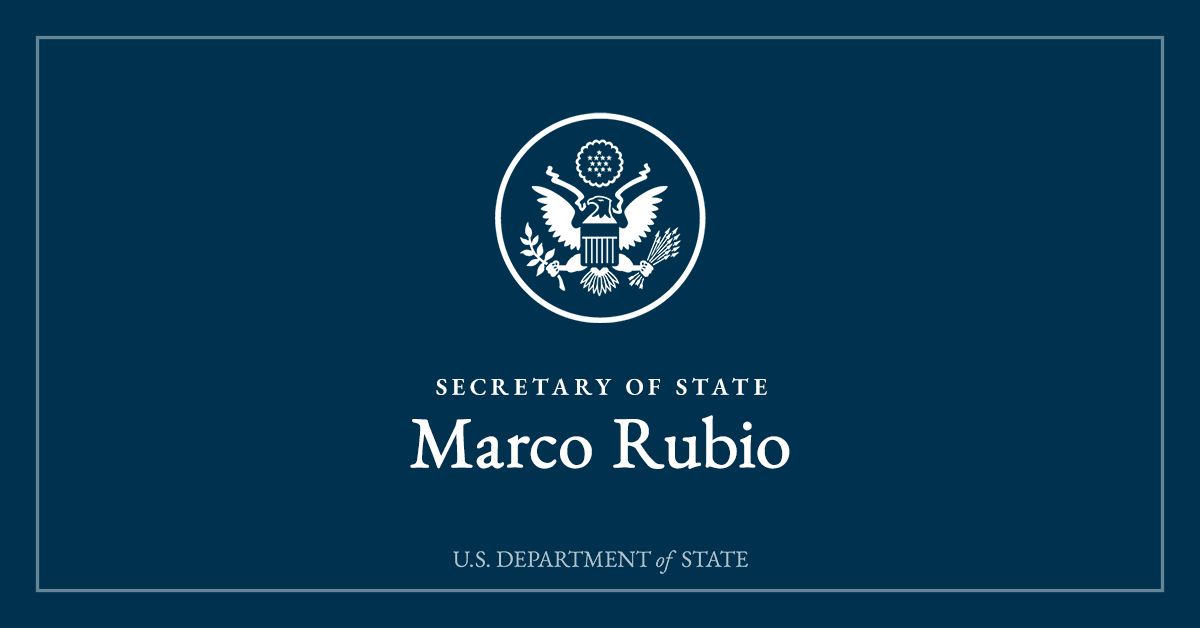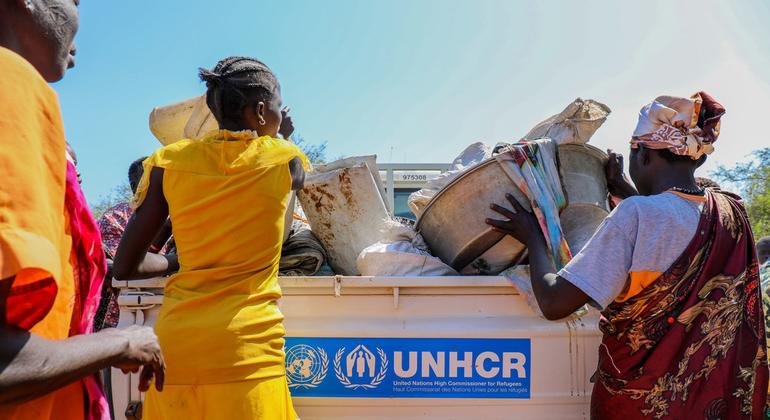Prime Minister Anthony Albanese’s hope for a bipartisan approach on the Voice to parliament referendum has crumbled.
Late last year, the National party declared it would oppose the proposed model, while the Liberal party did the same earlier this month.
Nationals Senator Jacinta Nampijinpa Price said the current Voice model “lacks detail”, “divides us along the lines of race”, and that it’s “a way to push people into feeling guilt for our nation’s history”.
And Opposition Leader Peter Dutton said “it is divisive and won’t deliver the outcomes to people on the ground”.
If these words sound familiar, that’s because in the late 1980s, the Coalition used the same arguments to oppose the creation of another First Nations advisory body, the Aboriginal and Torres Strait Islander Commission (ATSIC).
Indeed, the Coalition has a long-held opposition to an empowered Indigenous advisory body, and Dutton is parroting a well-rehearsed Coalition songbook.
The Coalition’s battle against ATSIC
Over the past 40 years, cooperation between the major parties on Indigenous affairs has been a complicated matter.
Even the ostensibly bipartisan approach to the 1967 referendum – which succeeded in altering the constitution to enable the Commonwealth to make laws for Indigenous people – concealed partisan differences.
The 1967 referendum was the most successful in Australia’s history. But what it can tell us about 2023 is complicated
Gough Whitlam’s policy of self-determination became self-management under the Coalition in the late 1970s. Bipartisanship deteriorated further in the late 1980s after the Aboriginal affairs minister in the Hawke Labor government, Gerry Hand, announced the need to recognise and legislate Aboriginal self-determination.
Hand’s Aboriginal and Torres Strait Islander Commission (ATSIC) Bill would establish a national commission and regional councils across the country to monitor programs, develop policy and advise the minister. This was styled as a revolution in Aboriginal affairs.
In the 40 hours of parliamentary debates over the bill, clear ideological lines were drawn.
Hand said it was about giving Aboriginal and Torres Strait Islander people access to all levels of government to ensure the right decisions were made about their lives. It was about a new partnership and an attempt to right the wrongs of history.
Opposing it, the Coalition argued it would divide the nation rather than unite it, that it constituted a “black parliament”, that it was a racial law, and that it would not overcome Indigenous disadvantage.
The Liberals and Nationals rejected what they called the “symbolism, separatism and perpetual guilt” of the appeal to history.
But it was Hand’s suggested preamble that worried the Coalition most. It acknowledged the distinct status of Aboriginal and Torres Strait Islander people as prior occupants and original owners of the land. It aimed to provide them with:
full recognition and status within the Australian nation to which history, their prior ownership and occupation of the land, and their rich and diverse culture, fully entitle them to aspire.
The parliamentary debates reveal the Coalition’s visceral rejection of the preamble, which it called a “gross irresponsibility”.
In 1989, then MP John Howard declared the establishment of ATSIC an act of “sheer national idiocy”. Shadow Minister for Aboriginal Affairs Christopher Miles declared his party’s intention to abolish ATSIC if it proceeded as Hand had envisaged.
When the ATSIC bill finally passed, it was stripped of the preamble, and self-determination had been removed from its wording.
What’s happened since ATSIC?
As it turns out, the abolition of ATSIC became a bipartisan affair. In 2004, Prime Minister Howard declared the ATSIC Act would be repealed, after Labor leader Mark Latham announced his decision to do the same if elected to office. Latham suggested a reconstituted body, but Howard declared no intention of replacing it.
While there has been some cooperation on Indigenous policy since, bipartisanship around an advisory body has been a slippery proposition.
Disagreements emerged in 2017 when Labor backed the Referendum Council’s recommendation of a constitutionally enshrined Voice to parliament. Then Liberal leader, Malcolm Turnbull, rejected it.
Bipartisanship cropped up again when Liberal and Labor leaders agreed in 2018 to a restart on the referendum through a parliamentary committee, to find common ground on Indigenous recognition.
Given this history, it’s not surprising two of the main sticking points for the Coalition around the Voice proposal are that it will be permanent, and that it will have a voice to parliament and the executive (the cabinet and government departments).
The last time an Indigenous body advised the executive was when the Keating government sought to legislate native title following the Mabo decision. ATSIC mobilised a large group of Indigenous organisations to present their case to Keating’s Mabo Ministerial Committee.
Then, in a series of intense negotiations with Keating following his draft native title bill in 1993, they salvaged some rights in the face of their near extinguishment.
The resulting Native Title Act was declared by the then Liberal leader, John Hewson, as a “millstone around our country’s prosperity” and a recipe for division.
Grattan on Friday: the high cost of the Liberals’ Voice rejection – for both Peter Dutton and the party
This week, Howard resurfaced to defend Dutton’s position on the Voice referendum, declaring Dutton had not betrayed the Liberal party.
Howard was speaking a truth – the Coalition’s position on the Voice is entirely consistent with their partisanship in this area of Aboriginal policy since the 1980s.
Everything they now argue to support their “no” vote to the Voice they have long maintained.




